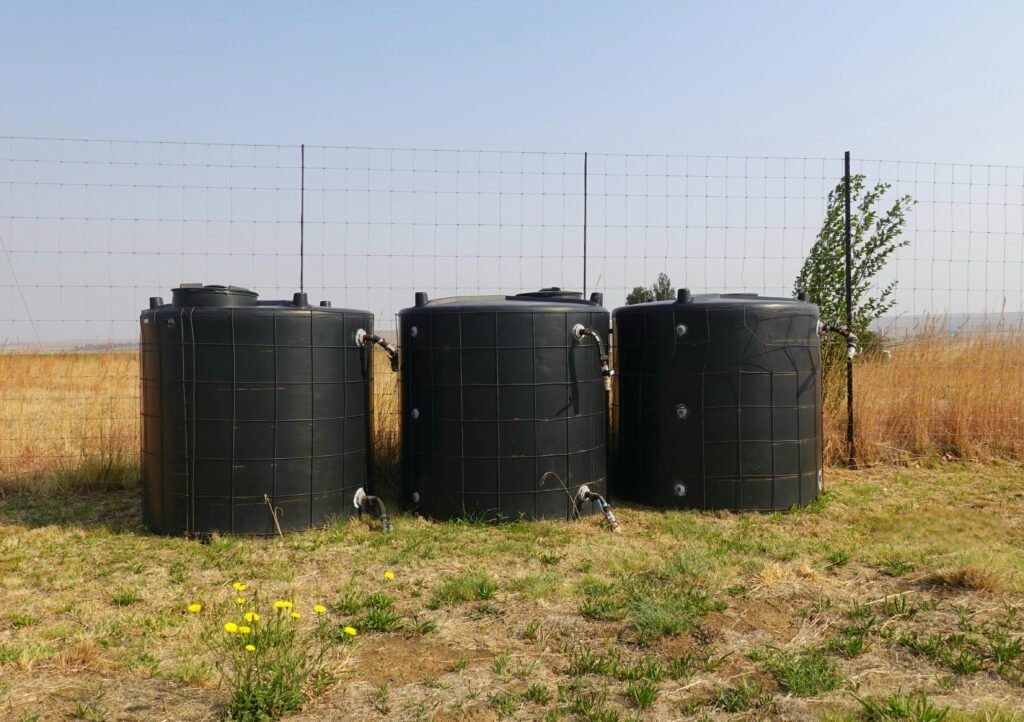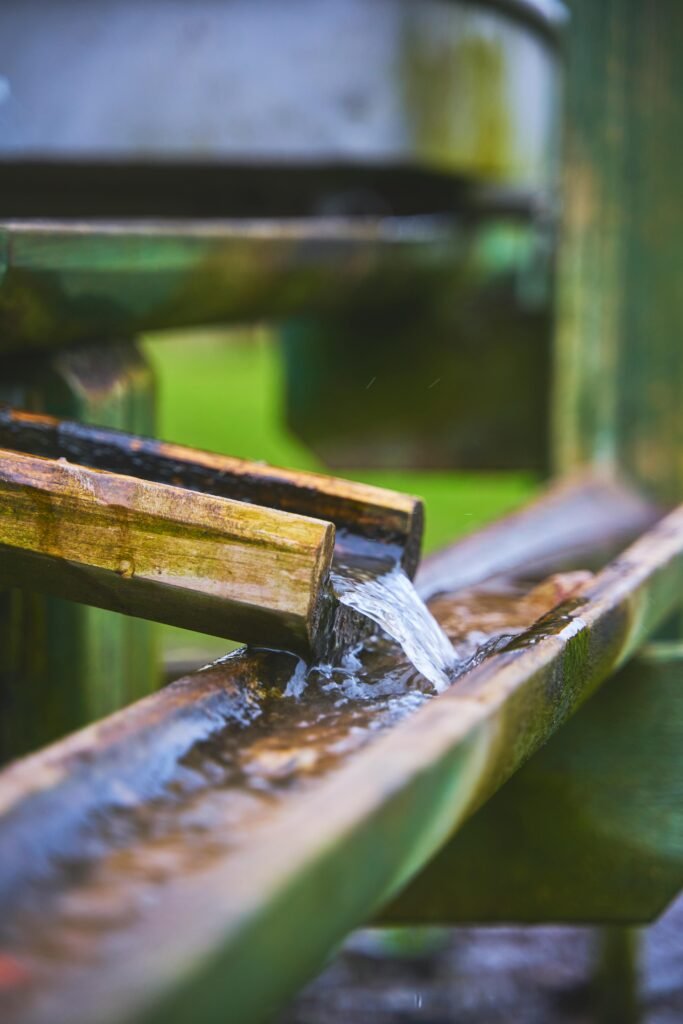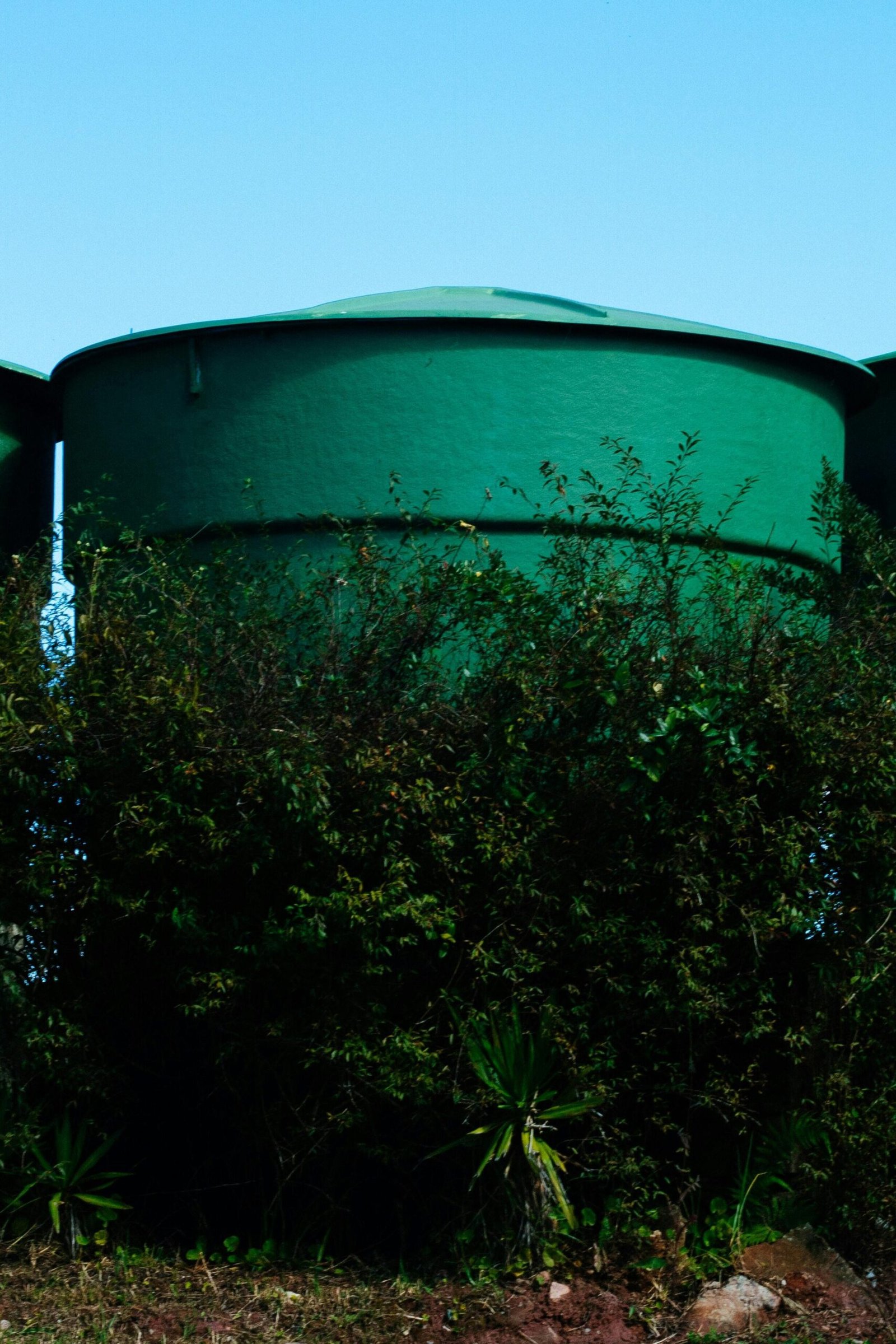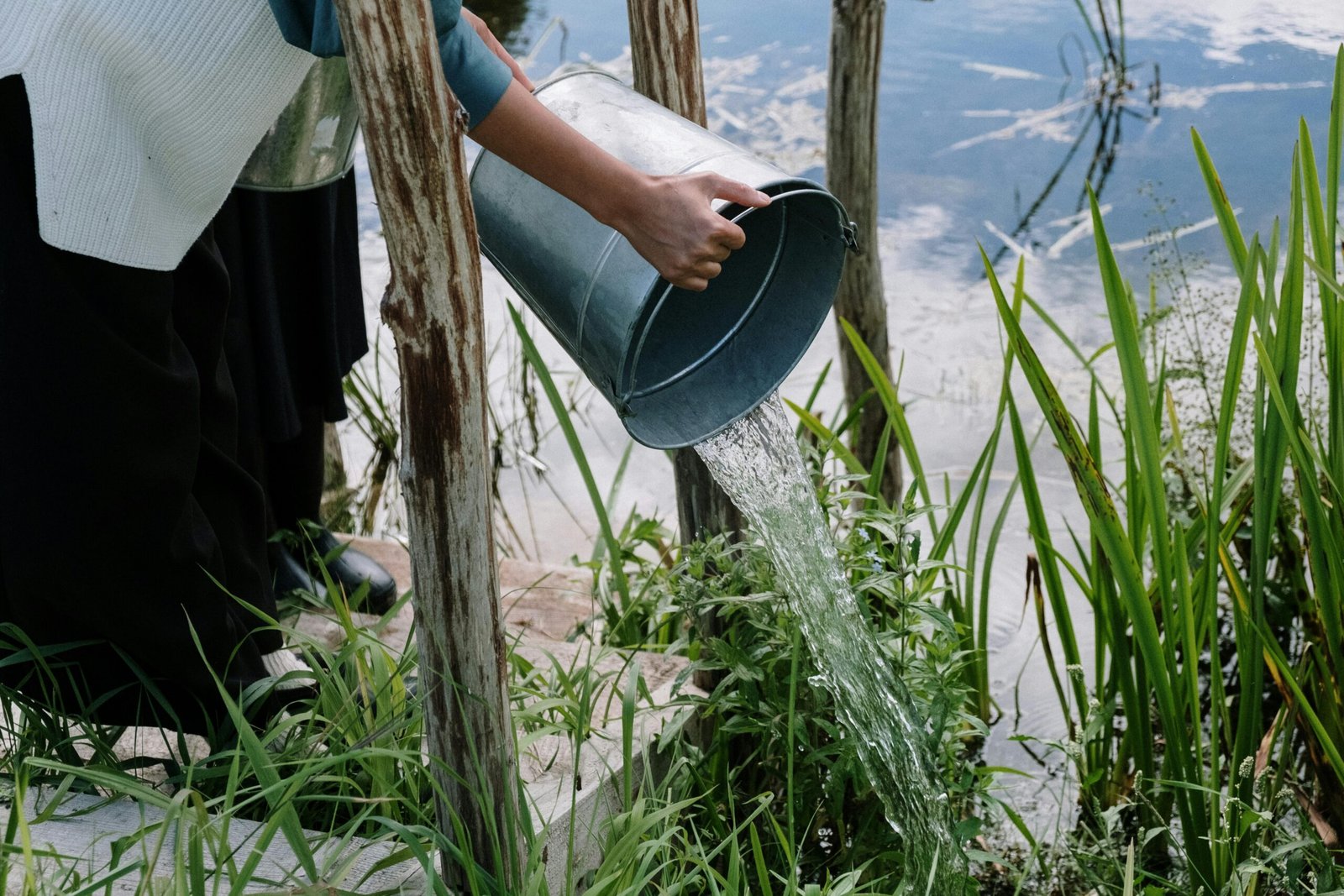With water scarcity becoming an increasingly pressing issue, it’s more important than ever to explore innovative solutions like rainwater harvesting. Not only can it help conserve precious water resources, but it can also reduce your reliance on municipal water supplies and lower your utility bills.
In this comprehensive guide, we’ll dive into the benefits and mechanics of rainwater harvesting, providing you with practical tips and expert insights to get started. We’ll also explore complementary systems for water conservation and purification, empowering you to create a sustainable and self-sufficient home.
Why Harvest Rainwater?
Reduce Your Water Bill: Harvesting rainwater can significantly reduce your water bill, especially during periods of low rainfall.
Decrease Stormwater Runoff: By collecting rainwater, you can decrease the amount of stormwater runoff, which can help prevent erosion and reduce the amount of pollutants entering our waterways.
Support Local Wildlife: Rainwater harvesting can provide a natural source of water for local wildlife, such as birds and insects.
Increase Food Security: By collecting rainwater, you can irrigate your garden and support local food production.
Reduce Energy Consumption: Harvesting rainwater reduces the need for energy-intensive water treatment and pumping systems.
Mitigate Floods and Droughts: Rainwater harvesting can help mitigate the effects of floods and droughts by reducing stormwater runoff and providing a supplemental water source during dry periods.

How to Harvest Rainwater
Install a Rainwater Harvesting System: This typically consists of a roof catchment, gutter system, downspout, and storage tank.
Choose the Right Storage Tank: Select a tank that’s specifically designed for rainwater harvesting, taking into account factors like size, material, and durability. Consider using a tank made from sustainable materials, such as recycled plastic or steel.
Implement a Treatment and Filtration System: This will ensure the water is safe for use, whether it’s for irrigation, toilet flushing, or even drinking. Consider using eco-friendly treatment options, such as UV filtration or plant-based systems.
Use a First Flush Device: This device allows the first flow of water from the roof to be diverted, taking any debris and contaminants with it, and then allows clean water to flow into the storage tank.
Install a Roof Washer: A roof washer helps to remove debris and contaminants from the roof, ensuring cleaner water enters the storage tank.

Other Systems of Water Saving and Water Purification
Grey Water Systems: These systems collect and treat wastewater from sinks, showers, and washing machines, and reuse it for irrigation and flushing toilets.
Water Efficient Appliances: Installing water-efficient appliances, such as low-flow showerheads and toilets, can significantly reduce your water consumption.
Drought-Resistant Landscaping: Planting drought-resistant plants and implementing efficient irrigation systems can reduce your outdoor water usage.
Water Filtration Systems: Installing a water filtration system can provide clean and safe drinking water, reducing your reliance on bottled water.
Atmospheric Water Generators: These systems extract water from the air, providing a sustainable and reliable source of clean drinking water.
Eco-Friendly Tips and Tricks
Use Rain Chains Instead of Downspouts: Rain chains are a decorative and eco-friendly alternative to traditional downspouts.
Install a Green Roof: Green roofs can help reduce stormwater runoff and provide insulation for your home.
Grow Indigenous Plants in Your Garden: Indigenous plants are adapted to the local climate and soil conditions, reducing the need for irrigation and fertilizers.
Harvest Rainwater for Your Pool: Consider using rainwater to fill or top up your swimming pool, reducing the amount of chlorinated water needed.
Monitor and Maintain Your System: Regularly inspect your system, clean the gutters, and perform other maintenance tasks to ensure optimal performance and reduce waste.

Water harvesting is a simple yet effective way to reduce your environmental footprint, decrease your water bill, and support local wildlife. By understanding the why and how of water harvesting, and implementing other systems of water saving and water purification, you can start living a more sustainable lifestyle.
However, it’s essential to ensure that your water harvesting system is designed and installed correctly to maximize its benefits and minimize potential risks. Therefore, we highly recommend consulting a professional in the field of water harvesting and purification.
Reach out to a water harvesting and purification specialist to:
- Assess your property’s water harvesting potential
- Design and install a customized water harvesting system
- Ensure compliance with local regulations and safety standards
- Provide ongoing maintenance and support
By working with a professional, you can trust that your water harvesting system is installed correctly, efficiently, and safely, providing you with a reliable source of clean water for years to come.
CONTACT CRAIG: aquamanknysna@gmail.com







Most interesting article.
Thanks for the tips… I learned a lot!